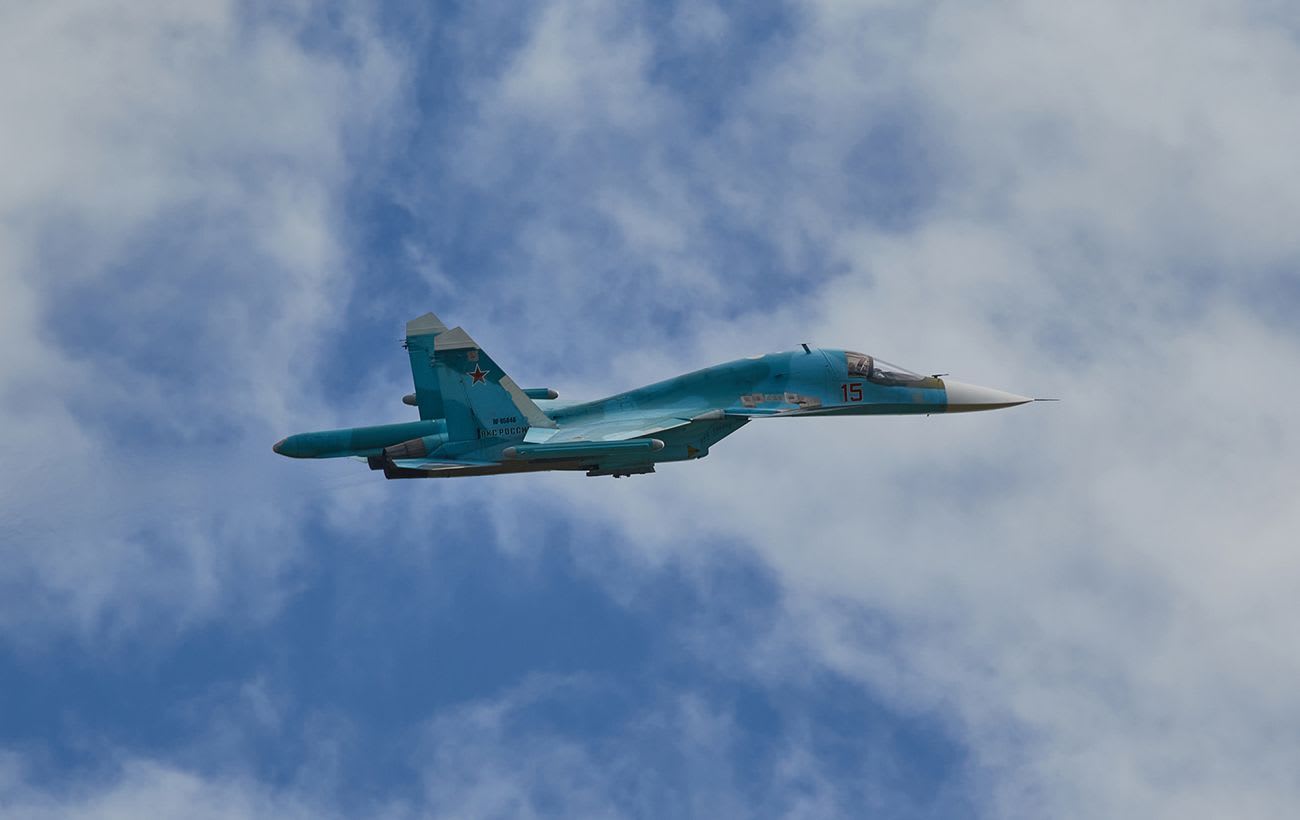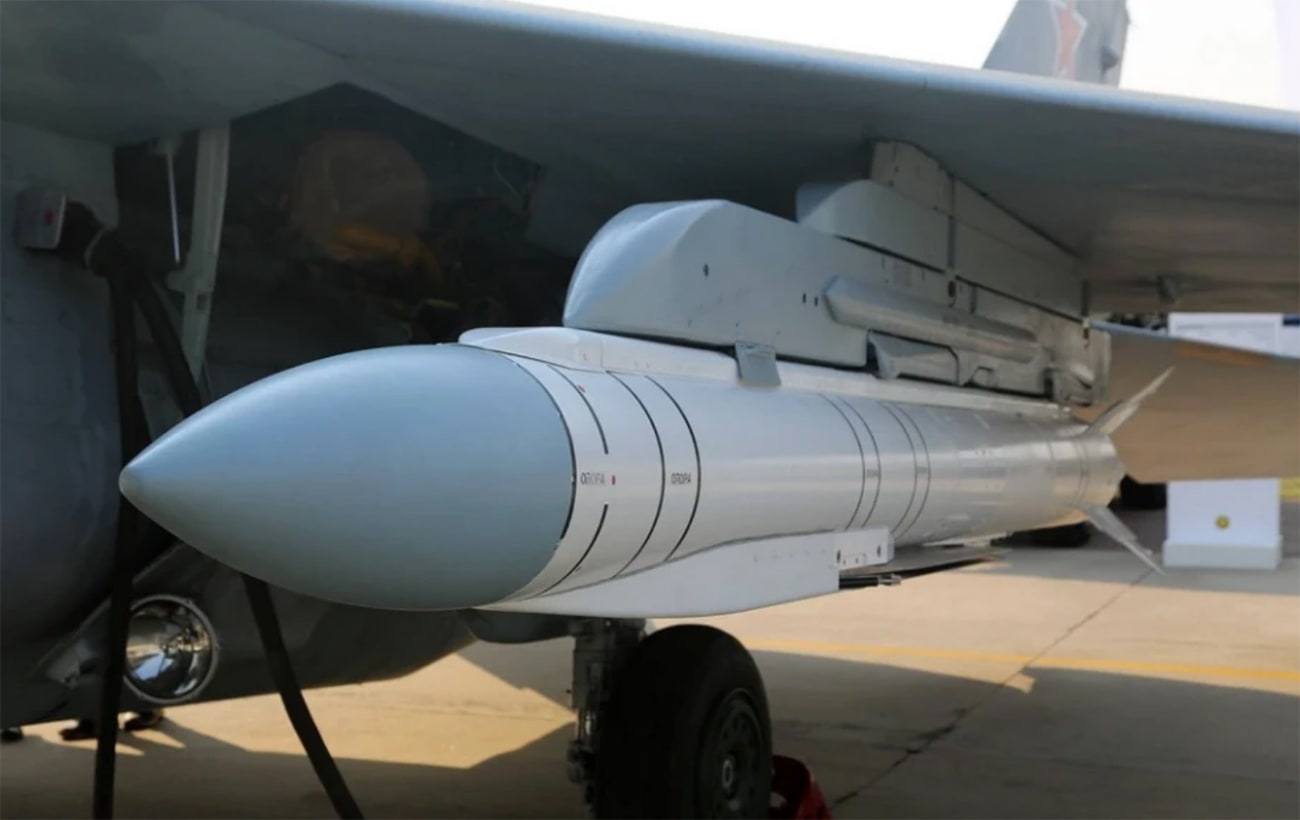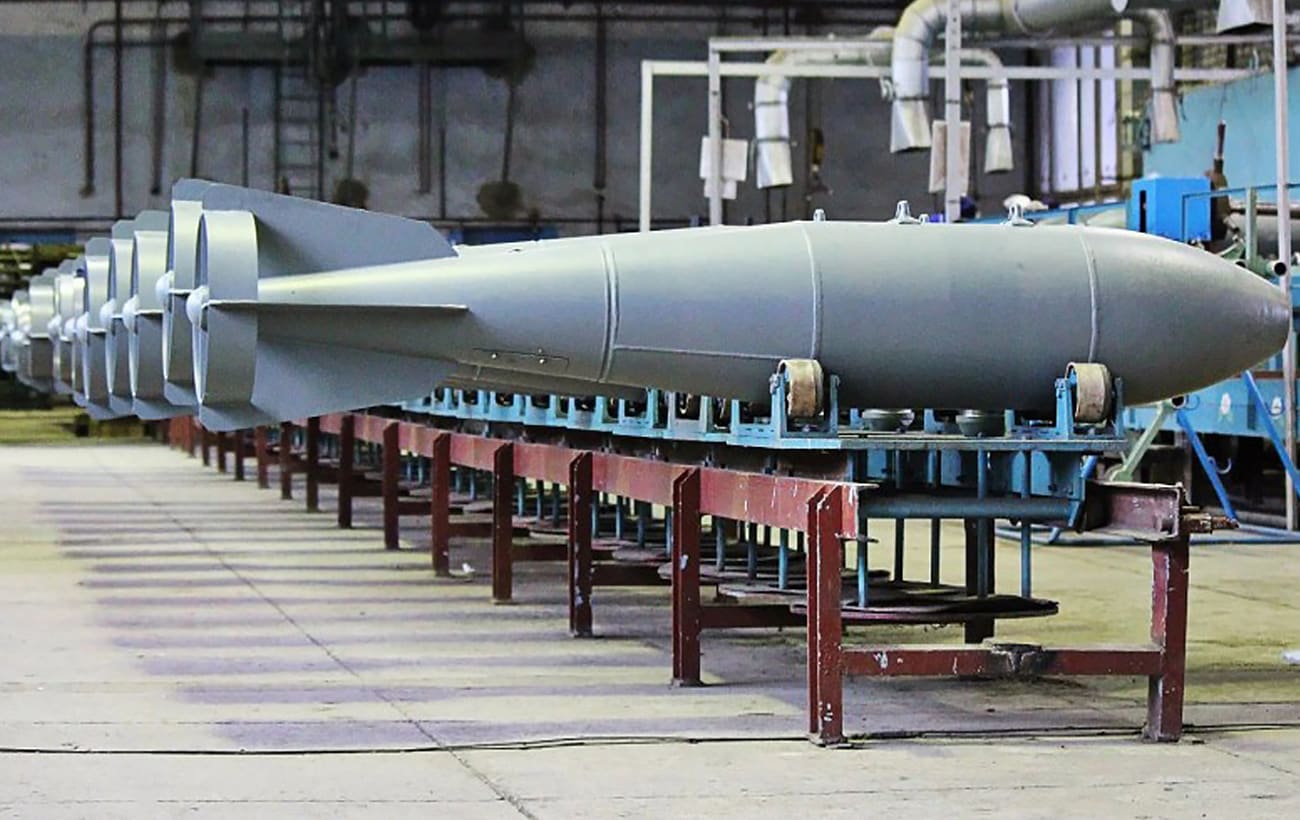Russia's Strike on Ukraine's Kryvyi Rih: What Was Used and Why It Likely Wasn't a KAB

Today in Kryvyi Rih, a powerful explosion occurred following the announcement of an airstrike threat. A large fire broke out at the impact site. Social media quickly circulated speculation that a KAB (guided aerial bomb) may have struck the city for the first time.
In this article, RBC-Ukraine explores what type of weapon the enemy could have used, whether it could have been a Grom-1, and what the difference is between guided bombs, missiles, and drones.
Key questions:
At 11:36 a.m. today, Ukraine’s Air Force reported a threat of enemy air-launched weapons targeting Kryvyi Rih. Shortly afterward, a powerful explosion rocked the city, followed by a large blaze at the impact site.
Social media began spreading information that a KAB, a guided aerial bomb, may have hit Kryvyi Rih for the first time.
RBC-Ukraine reached out to the Defense Forces for comment. They stated that it’s currently impossible to confirm what type of weapon was used by the enemy. They explained that time is needed to analyze and identify the munition involved.
Later, the Air Command East addressed the situation on its official Facebook page. They reported that around 11:25 a.m., an aerial object was detected in the airspace over temporarily occupied territory in the Zaporizhzhia region. It had been launched from an enemy tactical aircraft, presumably a Su-34.
" The object flew over 100 km and struck the area of Kryvyi Rih at 11:38 a.m. The type of aerial weapon will be determined after examining debris at the crash site," the command stated.
What could have struck Kryvyi Rih
A serviceman of Ukraine’s Territorial Defense Forces and military expert, Oleksandr Musiienko, in a comment to RBC-Ukraine, also noted that it’s currently difficult to say exactly what hit Kryvyi Rih today.
"Theoretically, if the enemy is approaching closer to the line of contact and launching from occupied territories, then a Grom-1 could reach the outskirts of Kryvyi Rih," he suggested.
The expert explained that a standard KAB (guided aerial bomb) would not be able to reach that farhttps://newsukraine.rbc.ua/news/kryvyi-rih-hit-hard-fire-rages-power-knocked-1751625630.html unless a Russian aircraft entered Ukrainian-controlled airspace. But in that case, the risks for the enemy aircraft would be very high. That’s because when launching a KAB, the aircraft must fly at an altitude where it’s visible on radar and could be shot down.
"So, theoretically, it’s possible to assume that this could have been a Grom-1, which the enemy used against Kryvyi Rih. That’s a reasonable assumption, since this weapon has a longer range," Musiienko added.
It’s important to note that a Grom-1 can be intercepted by air defense systems. However, it’s far more effective to take down the aircraft that carries it.
"In the case of Kryvyi Rih, there’s nothing extraordinary here. In terms of destructive power, it’s roughly equivalent to a cruise missile strike launched from Tu-95 or Tu-160 strategic bombers. Since such missiles also carry 350 to 450 kilograms of explosives," Musiienko explained.
What is the Grom-1
The Russian Grom-1 is a missile-bomb complex. According to the expert, it’s a mix between a bomb and a missile, capable of flying a greater distance than a standard KAB. Grom-1 can reach a range of approximately 70–80 kilometers.
This type of weapon is launched from Su-34, Su-35, and Su-57 bombers. The latter is rarely used by Russia in the war against Ukraine.
Grom-1 is essentially a bomb-missile equipped with a laser altimeter. It carries a fairly powerful and large warhead—around 370 kilograms of explosives.
The system has various modifications, including versions with a range of up to 120 kilometers. Russia claims it may even reach 130 km.

Photo: It is theoretically possible that Grom-1 was used in the strike on Kryvyi Rih (mil.in.ua).
"Grom-1 is a combination of a rocket engine, a missile body, and an explosive warhead. It can broadly be classified as a missile carrying high explosives with a range of up to 120 km," Musiienko concludes.
Why is this happening now - Are Russian aircraft flying closer?
According to the expert, it’s possible that Russian aviation is currently testing where and how Ukraine’s air defense systems operate. Additionally, the enemy is trying to intimidate Ukrainians by showing that they will use different types of weapons.
"But in general, this isn’t something extraordinary or something that can’t be countered. I’d like to remind everyone that the last time a Grom-1 was shot down near Dnipro, it was taken down by air defense, just like any missile could be. So there’s nothing unique or unprecedented about it," Musiienko said.
The key, he emphasized, is for Ukraine to have the necessary forces and means to intercept enemy targets. And for a weapon like Grom-1, a Patriot system is not required - virtually any surface-to-air missile system that detects it can take it down, the expert noted.
What is the difference between KABs, missiles and drones, and which group should Grom-1 belong to
KABs
The key feature of KABs (guided aerial bombs) is the installation of special modules that enable the bomb to glide. These include fins and wings, which help the bomb maneuver and reach its target after being dropped from an aircraft.
Additionally, KABs carry a large amount of explosive material, ranging from 400, 500, or 700 kg to 1,000 kg and more. In other words, these are extremely powerful munitions capable of causing massive destruction, the expert says.
According to him, the range of a KAB depends on its modification. Typically, the enemy uses this weapon along the line of combat to target Ukrainian troop positions or as a tool of terror against civilians, striking the settlements near the front.
"So KABs are used not so much for precision strikes, but more as a terrorist weapon for wide-area attacks," the expert emphasizes.

Photo: KABs have very high destructive power but low strike accuracy (Russian media)
Missiles
As for missiles, there are different types, including short-range ones.
"I would classify the Grom-1 more as a missile. That’s my subjective view. Because it’s, let’s say, a short-range missile. It belongs to the air-to-ground class and flies up to 120 km, which is not a very long distance," explains Musiienko.
The enemy army also has long-range missiles, which it frequently uses. These include cruise missiles launched from:
These missiles have a considerable range. For example, Russian forces usually launch Kh-101 and Kh-555 from the Caspian Sea region. These missiles can fly 3,000 km or more and can therefore reach any region of Ukraine.
There are ballistic missiles with a maximum range of 500 km. Notably, these include the Iskander-M. The enemy also possesses North Korean KN-23 ballistic missiles with a range up to 500 km.
"Accordingly, they cannot reach the western part of our country. Well, they would if Russian forces launched them from Belarus," Musiienko noted.
Russia also has missiles launched from Tu-22M3 bombers, specifically the Kh-22 missiles.
Additionally, the enemy's arsenal includes Kh-47M2 Kinzhal missiles, which are launched exclusively from MiG-31K aircraft.
"This is an aeroballistic missile. Its special feature is that when approaching the target, it makes a star maneuver and strikes along a ballistic trajectory, making it difficult to intercept," explains Musiienko.
He recalled instances when the Kremlin used the hypersonic Zircon missile on Ukrainian territory, specifically over Kyiv, but this missile was intercepted.
"However, it is a very fast missile. It reached the capital in 3 minutes. These cases were rare, and Patriot systems shot it down," says Musiienko.
From time to time, Russian forces also launched Bastion missiles at Odesa from occupied Crimea.
The expert emphasizes that of all missiles, ballistic ones are the most dangerous, as they fly along a ballistic trajectory. The feature of this trajectory is that the missile descends at an angle or simply dives from the sky onto the target at high speed. Therefore, it causes great destruction not only due to the explosive force but also due to its weight and speed.
"They are also improving their cruise missiles. For example, Russians equip the Kh-101 with heat traps, so-called decoys, which can divert air defense missiles and thus don’t always destroy the actual missile," adds Musiienko.
Drones
Russia is using many different types of drones in its war against Ukraine. Strike drones include the Shahed, Geran (also referred to as Gerbera), and Garpiya.
"I don’t think they’ll use the Garpiya much anymore, because this week the SBU conducted an operation against the Kupol plant in Izhevsk, where those drones were being assembled," Musiienko recalls.
As for the Geran (Gerbera), it’s a somewhat reduced copy of the Shahed. It can be equipped either with explosives or act as a decoy to distract and exhaust Ukrainian air defenses.
"The enemy is also attempting to upgrade the Shaheds. The head of Ukraine's Defense Intelligence (HUR), Kyrylo Budanov, previously mentioned the installation of a new CRPA antenna. But countermeasures are being developed," Musiienko noted.
He adds that another feature of the Shahed upgrades is the constant effort to make them more resistant to Ukrainian electronic warfare systems. Additionally, some Shaheds now approach their targets from altitudes of 4–5 km, making them harder to shoot down.
Attack on Kryvyi Rih
Earlier today, Russian forces struck a civilian facility in Kryvyi Rih, Dnipropetrovsk region. At least six people were injured, five of whom have been hospitalized. Among the wounded are two rescue workers. Four fire trucks were damaged.
The enemy carried out a second strike while the State Emergency Service (SES) was already on the scene. A large-scale fire is being extinguished in the city, and efforts are underway to restore the operation of the high-speed tram system, as many power cables were destroyed by fire.
More details on the consequences of the attack on Kryvyi Rih can be found in the material by RBC-Ukraine.
Sources: the Telegram channel of Ukraine’s Air Force, the Facebook page of the Shid (East) Air Command, and an exclusive comment from a servicemember of Ukraine’s Territorial Defense Forces and military expert Oleksandr Musiienko.
Post a Comment for "Russia's Strike on Ukraine's Kryvyi Rih: What Was Used and Why It Likely Wasn't a KAB"
Post a Comment